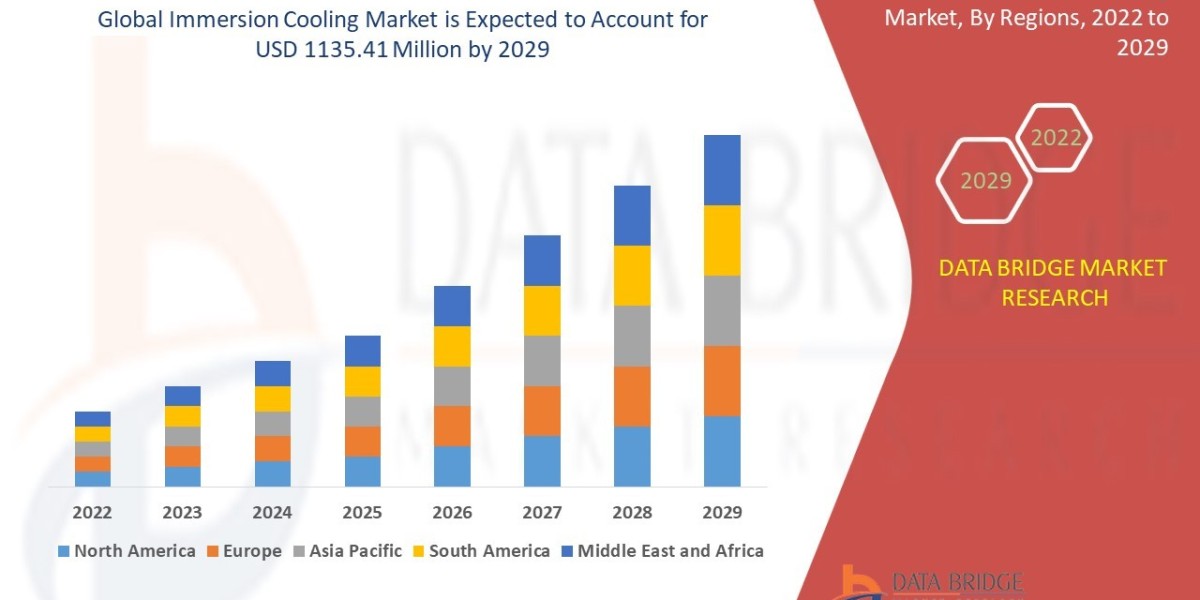In the intricate dance of modern technology, where precision and reliability are non-negotiable, a humble yet sophisticated component is taking center stage: the capacitive ceramic pressure sensor. Esteemed for its exceptional durability, resistance to extreme environments, and unwavering accuracy, this technology is the silent force behind advancements from smart factories to life-saving medical devices. Its fundamental principle—measuring the change in capacitance caused by a flexing ceramic diaphragm under pressure—provides a robust and stable signal where other technologies falter. As industries push the boundaries of what's possible, the demand for such dependable measurement is surging, fueling a remarkable period of expansion and technological refinement for this critical sector.
According to Straits Research, the global capacitive ceramic pressure sensors market size was valued at USD 1.14 billion in 2024 and is estimated to grow from USD 1.22 billion in 2025 to reach USD 2.15 billion by 2033, growing at a CAGR of 7.34% during the forecast period (2025-2033). This impressive growth is not a simple market trend but a direct correlation to the sensor's evolving role as a key enabler of automation, digitalization, and advanced technological applications across the globe. The figures reflect a world increasingly dependent on data gleaned from the harshest and most critical environments.
Global Competitors and Their Strategic Imperatives
The landscape is defined by a blend of specialized sensor firms and massive industrial conglomerates, each executing distinct strategies to capture growth.
Emerson Electric Co. (USA): A titan in process automation, Emerson has been aggressively integrating smart, wireless-capable ceramic capacitive sensors into its Plantweb digital ecosystem. Their recent updates focus on leveraging sensor data for predictive maintenance, helping clients avoid costly downtime in oil and gas, chemical, and power generation facilities.
Endress+Hauser (Switzerland): This family-owned specialist in measurement instrumentation continues to be a key innovator. Their recent launches include ceramic sensors with "Heartbeat Technology," which perform continuous self-checks and monitoring, ensuring ultimate process safety and reliability in critical applications like pharmaceutical manufacturing.
Siemens AG (Germany): Siemens leverages its vast industrial automation portfolio to offer integrated sensing solutions. Their recent strategy emphasizes seamless connectivity between their ceramic pressure sensors and Siemens PLCs and SCADA systems, simplifying the path to Industry 4.0 for their customers.
WIKA Alexander Wiegand SE & Co. KG (Germany): A global leader in pressure and temperature measurement, WIKA has expanded its ceramic capacitive portfolio with new models designed for challenging media like chlorine, ozone, and other highly corrosive substances. Their recent news includes a significant investment in automating their sensor production lines to meet soaring demand.
Amphenol Advanced Sensors (USA): Continuing its focus on healthcare, Amphenol recently unveiled a new, miniaturized ceramic capacitive sensor platform designed for next-generation ventilators and patient monitoring systems. This development is crucial for enhancing patient care with more compact and mobile medical equipment.
Figaro Engineering Inc. (Japan): Known for gas sensors, Figaro has also made strides in environmental monitoring applications. Their recent developments include combining ceramic pressure sensing with other environmental sensors to create comprehensive modules for weather stations and air quality monitoring systems.
Dominant Trends Driving Development
The innovation roadmap for these sensors is being charted by several converging trends:
The Rise of the Digital Twin: The need for high-fidelity data to create accurate virtual models of physical assets is paramount. Ceramic capacitive sensors, with their stable and accurate long-term readings, provide the essential real-world data required to make digital twins viable for predictive maintenance and operational optimization.
Enhanced Cybersecurity for IIoT: As these sensors become more connected, they become potential network vulnerabilities. A major trend is the incorporation of hardware-based security features directly at the sensor level to protect critical infrastructure from cyber threats.
Focus on Lifecycle Cost and Sustainability: Beyond the initial purchase price, industries are focusing on total cost of ownership. The exceptional longevity and minimal drift of ceramic sensors reduce calibration needs, maintenance, and waste, making them a sustainable and cost-effective choice over time.
Customization and Application-Specific Design: Rather than one-size-fits-all, leading players are increasingly offering tailored solutions. This includes sensors specifically engineered for the unique pressures and media encountered in applications like espresso machines, off-highway vehicle hydraulics, or deep-sea exploration.
Recent News from the Front Lines
The sector's dynamism is evident in recent announcements. In a significant move, Siemens and WIKA announced a deepened partnership in early 2024 to enhance digital integration between their devices, aiming to set a new standard for plug-and-play productivity in automated plants. From the East, Japan's Yokogawa Electric Corporation launched a new series of differential pressure transmitters using a proprietary ceramic cell, boasting the highest accuracy class in its category for flow measurement applications.
Furthermore, Switzerland's Endress+Hauser reported a record year for investment in R&D, with a significant portion dedicated to advancing its ceramic sensor technology lines. Across the Atlantic, a recent U.S. Department of Energy grant was awarded to a consortium, including Amphenol, to develop extreme-environment sensors for next-generation nuclear reactors, highlighting the technology's role in future energy solutions.













